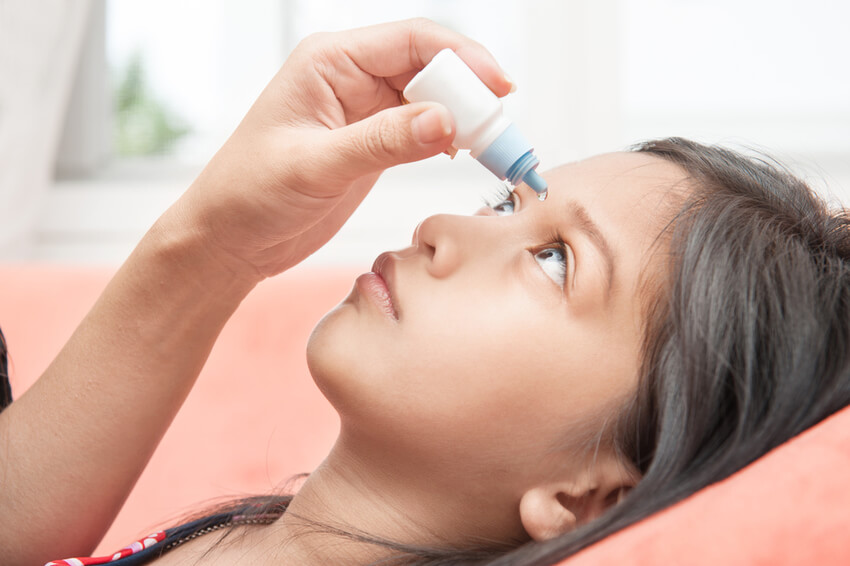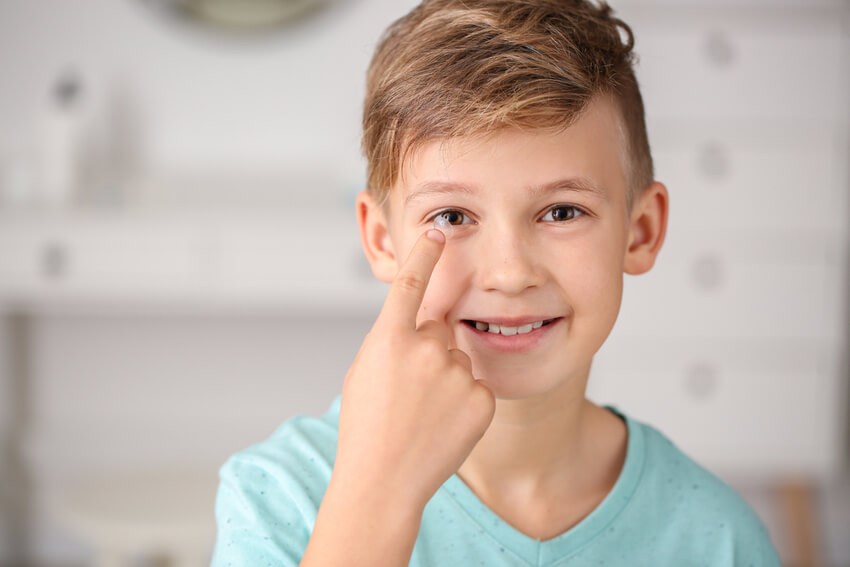What Options Are There For Controlling Near Sightedness In Children?
Nearsightedness, also known as myopia, is becoming a worldwide epidemic. Statistics show that over a quarter of the world’s population were estimated to be myopic back in 2010, with the figure expected to rise to over half by 2050. That’s a huge number of people with some level of nearsightedness. So, what can we do about it?
Risks of Myopia in Children
High myopia doesn’t just mean a lifetime of wearing glasses, it also means an increased risk of several dangerous eye conditions. Glaucoma, cataracts, retinal detachment, and myopic macular degeneration are all more likely to affect people with high myopia.
Prevention

As with many things, prevention is the best option. However, it’s not always that easy. Myopia is hereditary, meaning that if one or both parents are myopic their child is more likely to develop myopia. Your environment is also a factor, and a lot of research is being done into the link between excessive screen time and myopia. It has been noted that children who spend less time in front of a screen and more time outside are less likely to develop myopia, or if they already have it, are less likely to experience deterioration of their vision at a faster rate.
Myopia Management
There are ways to slow down the progression of myopia in children. We’re going to take a look at two specific treatments that we offer – low-dose Atropine and soft multifocal contact lenses.
Low-Dose Atropine

One of the most effective treatments for myopia is low-dose Atropine. Myopic progression can be reduced by around 50% with the use of Atropine. It should be considered that the lower the dose, the less effective the Atropine will be. While some people have concerns about side-effects, current literature with a follow-up of 5 years shows there are no long-term side-effects on retinal function or accommodation. The Atropine is typically given as eye drops at night and is most effective if started soon after an early diagnosis. If you have questions about the use of low-dose Atropine in myopia management, you’re welcome to contact our highly experienced team so we can discuss all the pros and cons with you.
Soft Multifocal Contact Lenses

Another treatment option to reduce the rate of myopia progression is to wear specially designed soft multifocal contact lenses. These are thought to lower the progression of myopia when compared with glasses or single vision contact lenses by around 40%-50%.
How do multifocal contact lenses work? The lenses have different zones for different types of vision – near and far – although we find that for children, center-distance single-use lenses are most appropriate. Like multifocal glasses, the contact lenses can take a short while to get used to. The lenses work to correct distance vision and also focus peripheral light rays in front of the retina, preventing the eye from becoming further elongated and thus slowing the progression of myopia.
Tailored Treatment
Our expert eye doctors will tailor a treatment plan especially to suit your child, depending on their vision and lifestyle. If you are concerned about your child’s vision or are interested in myopia control, please contact us so we can advise you on the next steps to take and list potential treatment options too.
